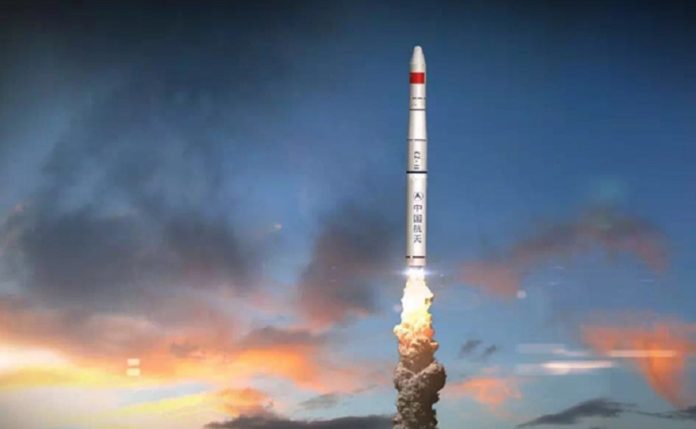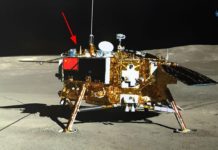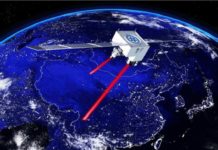Today, at 7:51 a.m. Beijing time, China successfully launched the first demonstration satellite of the proposed Hongyan Low Earth Orbit (LEO) communications constellation. The satellite was orbited using the Long March 11 light launch vehicle, from China’s Jiuquan Satellite Launch Centre in the Gobi Desert.
The Hongyan satellite launched today was placed into a 1,100km LEO and is meant to test L- and Ka-band payloads, as well as conduct in-orbit verification of the design and navigation systems. Between 2019-2020, China will test the efficacy of Hongyan’s ground systems, and mobile and broadband technologies. It is unclear as to how many more Hongyan test satellites will be launched.
When the tests have been completed, China intends to launch 60 Hongyan satellites by 2022, and 250-300 satellites after that. The first 60 satellites will form the basic operational constellation of Hongyan, providing mobile and IoT connectivity within China and, later on, to Belt and Road countries.
The Hongyan satellites will be owned and operated by state-owned smallsat manufacturer Aerospace Dongfanghong. They will be manufactured at the Tianjin Aerospace Industry Zone, which is designed to have the capacity to produce 130 satellites per year, or 2.5 satellites per week.
The Long March 11 was developed by the Chinese space programme’s main contractor, China Aerospace Science and Technology Corporation (CASC). It is the China’s first solid fuel rocket, with four stages and a payload capability of 700kg to LEO. The launch vehicle used in this launch is part of China’s new generation Long March series, which is designed to be flexible and can be assembled in less than one month.







